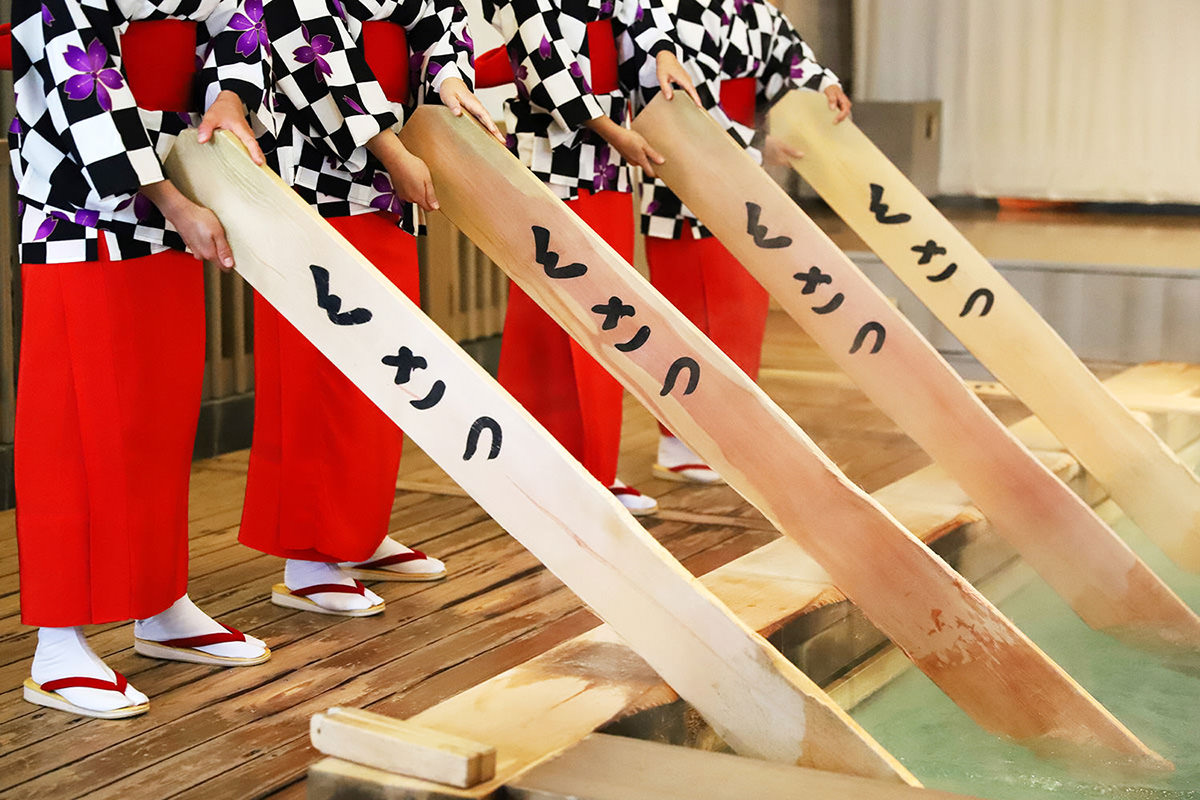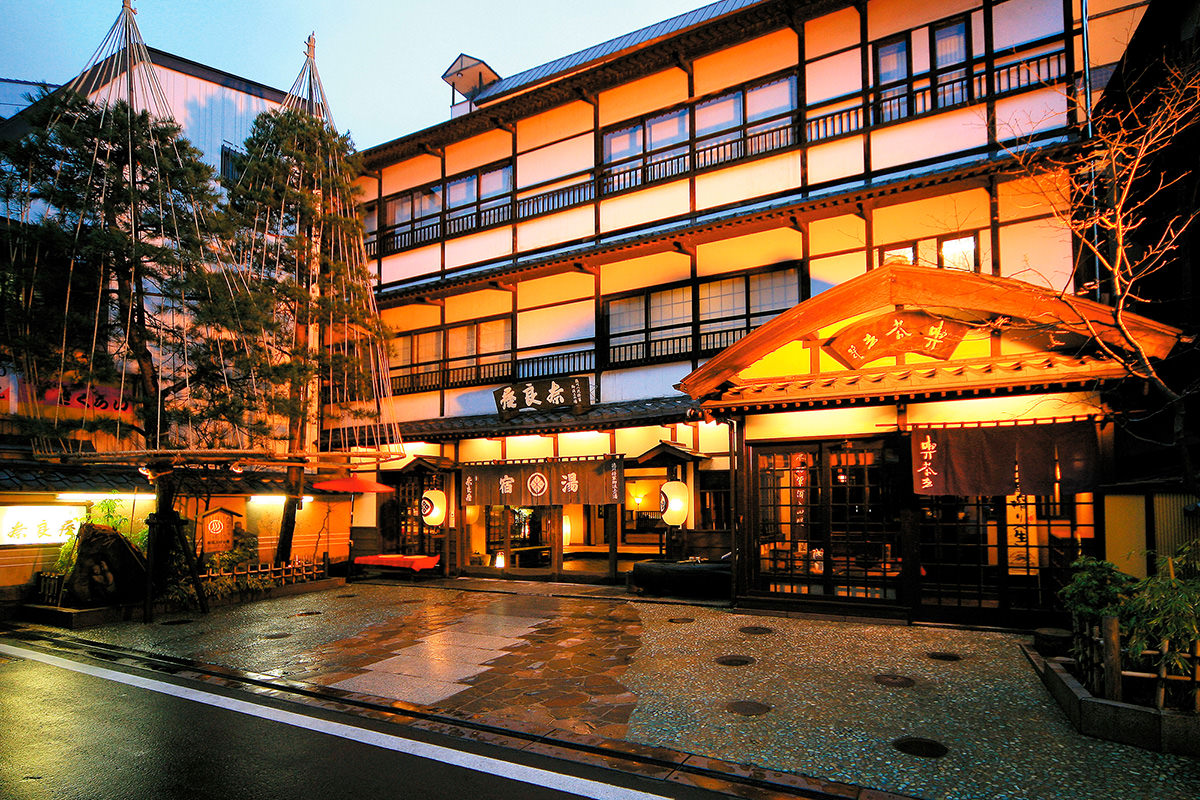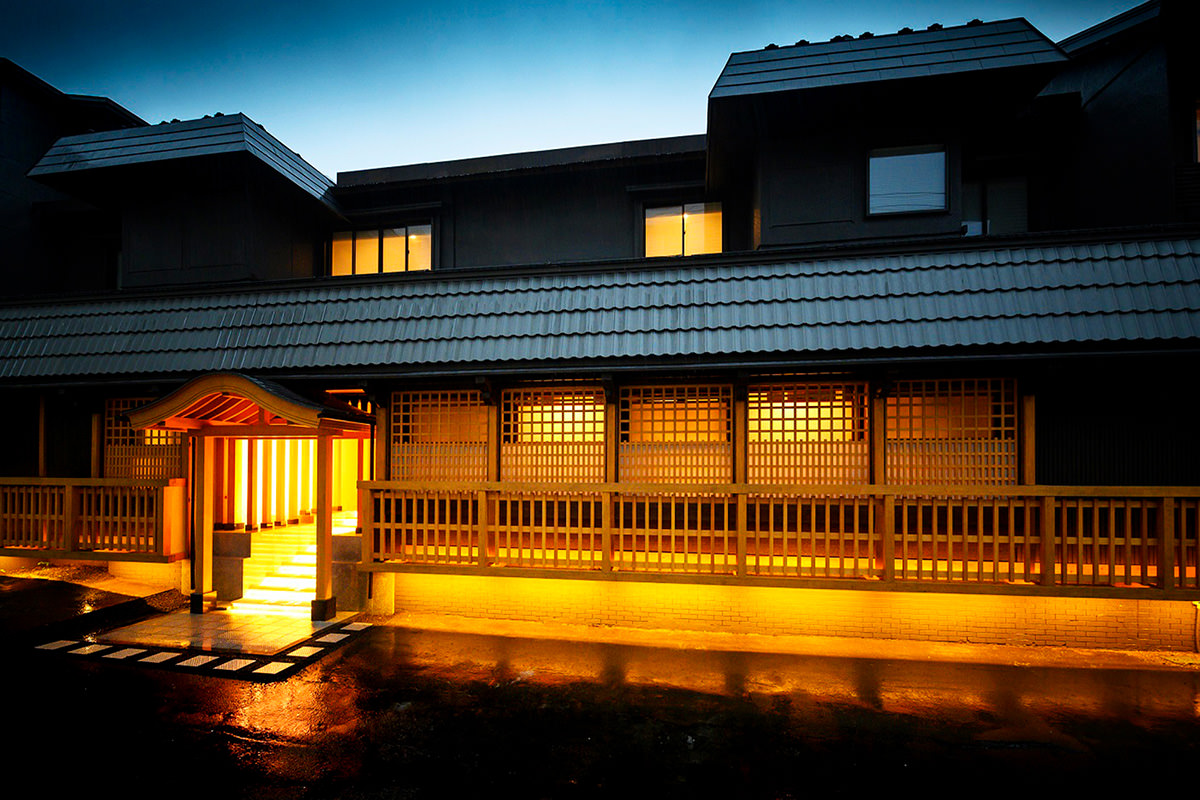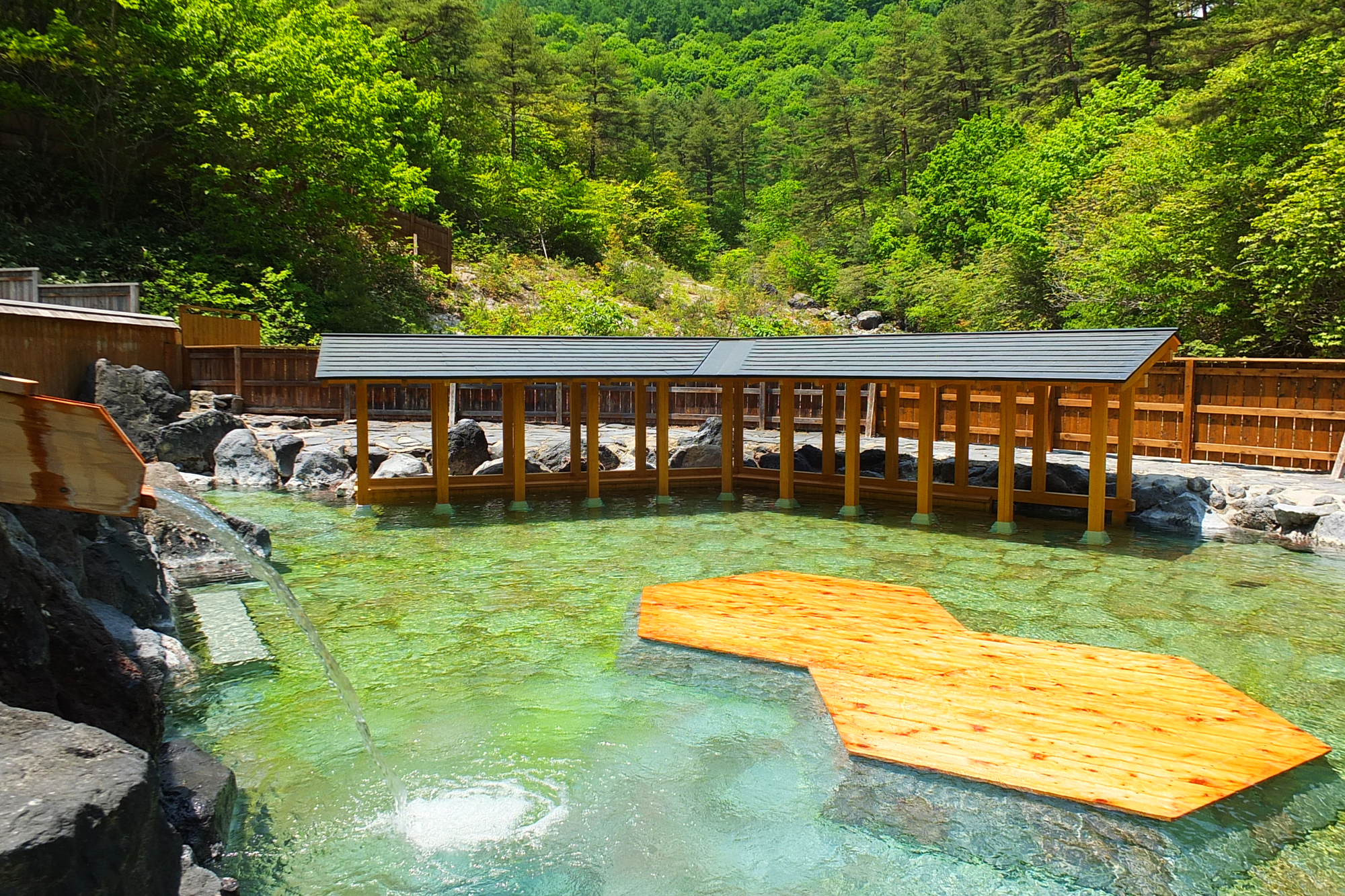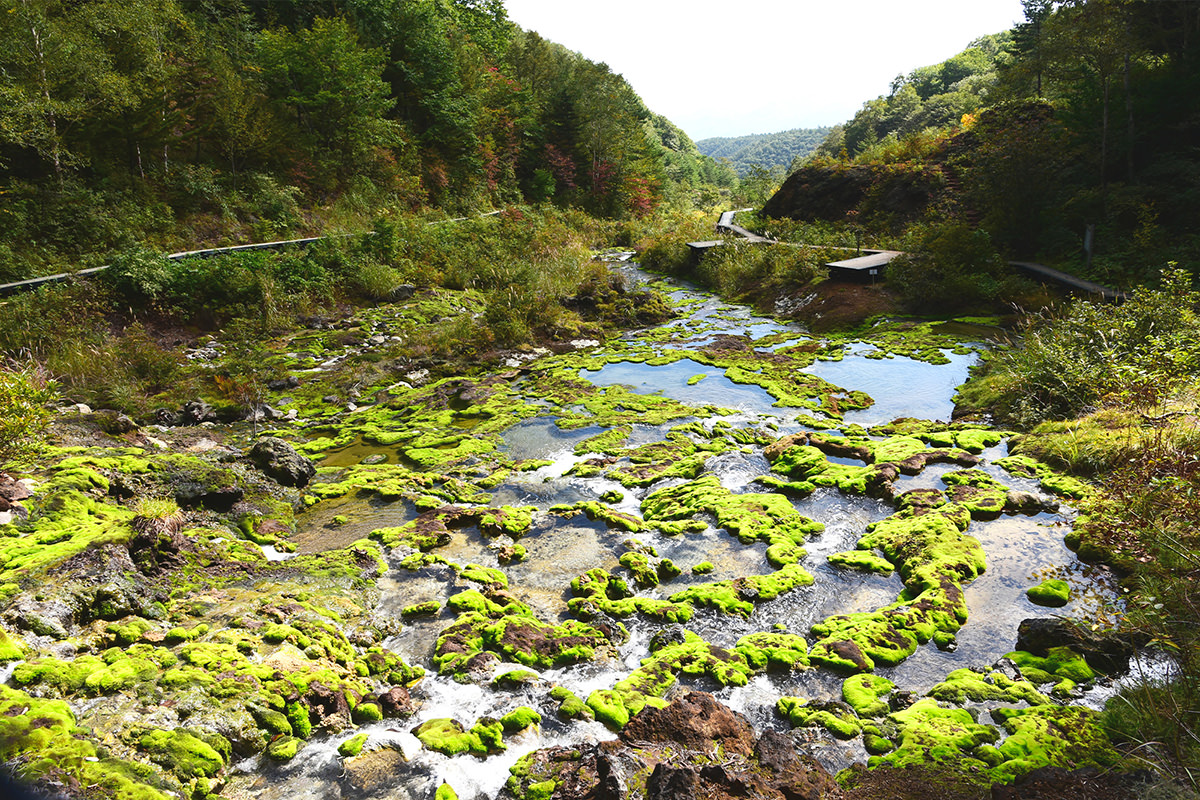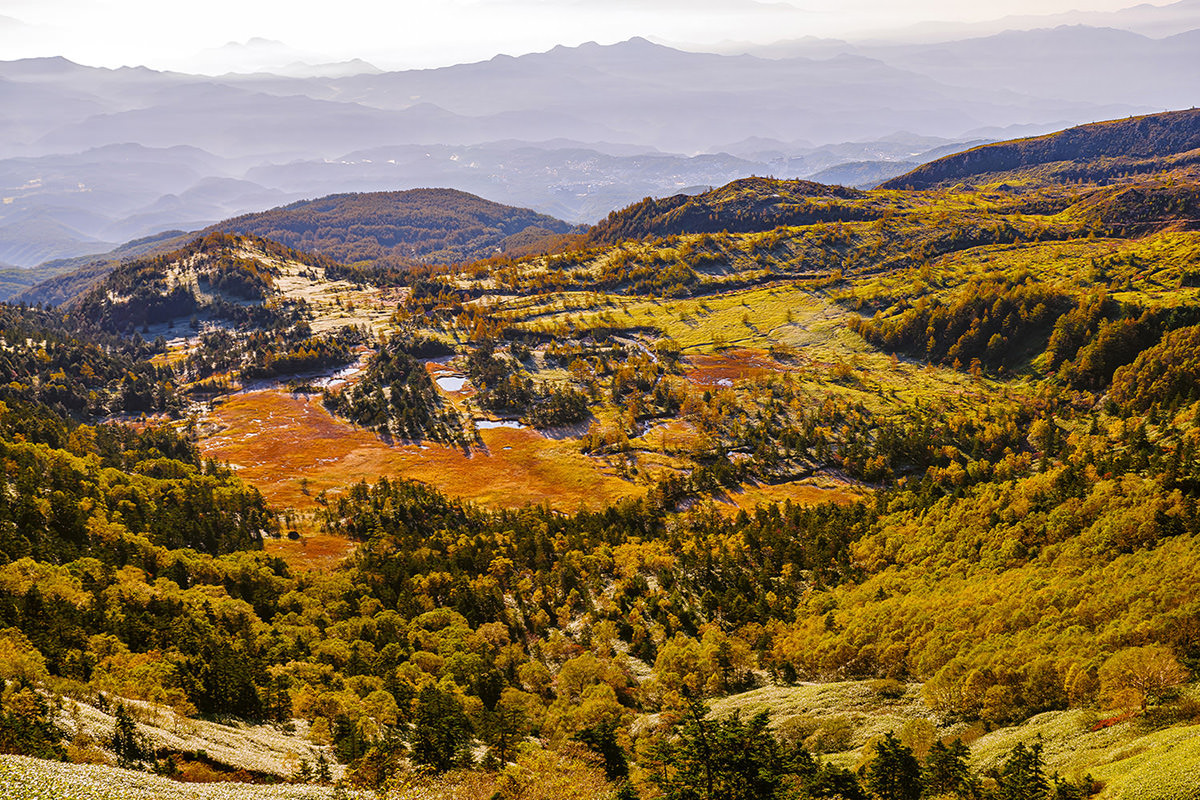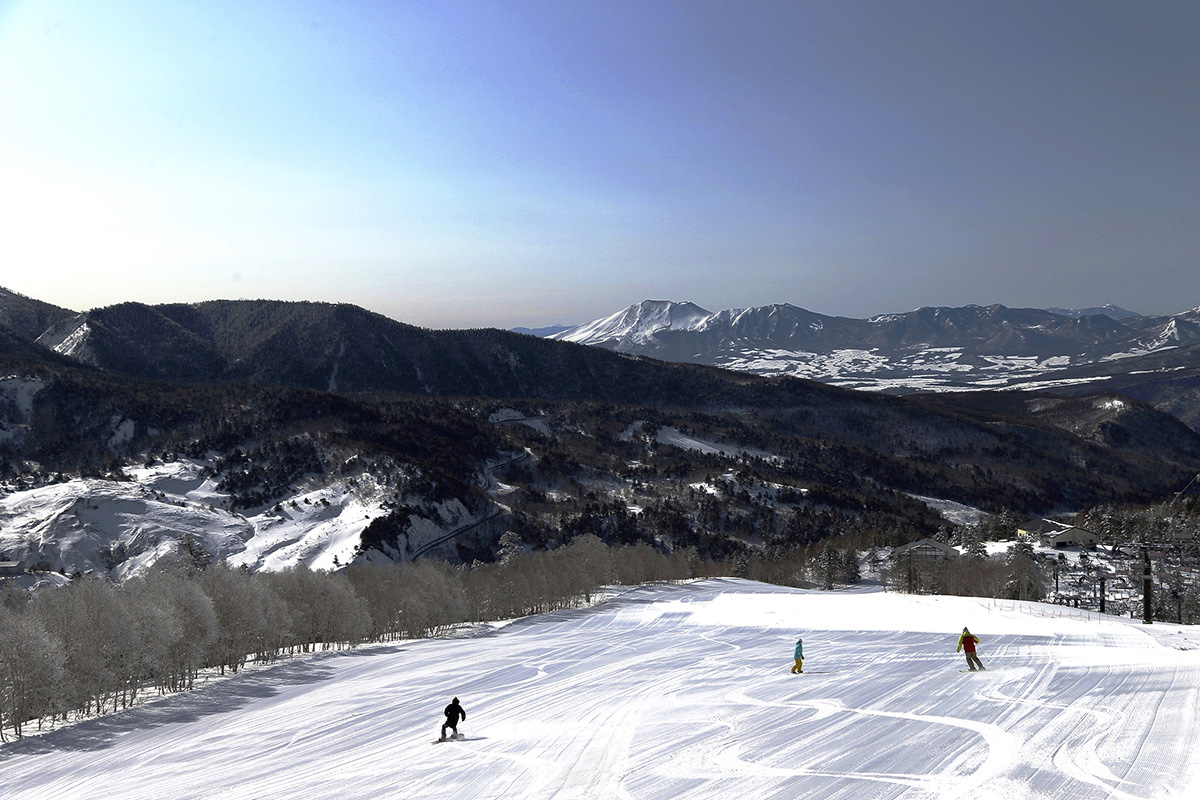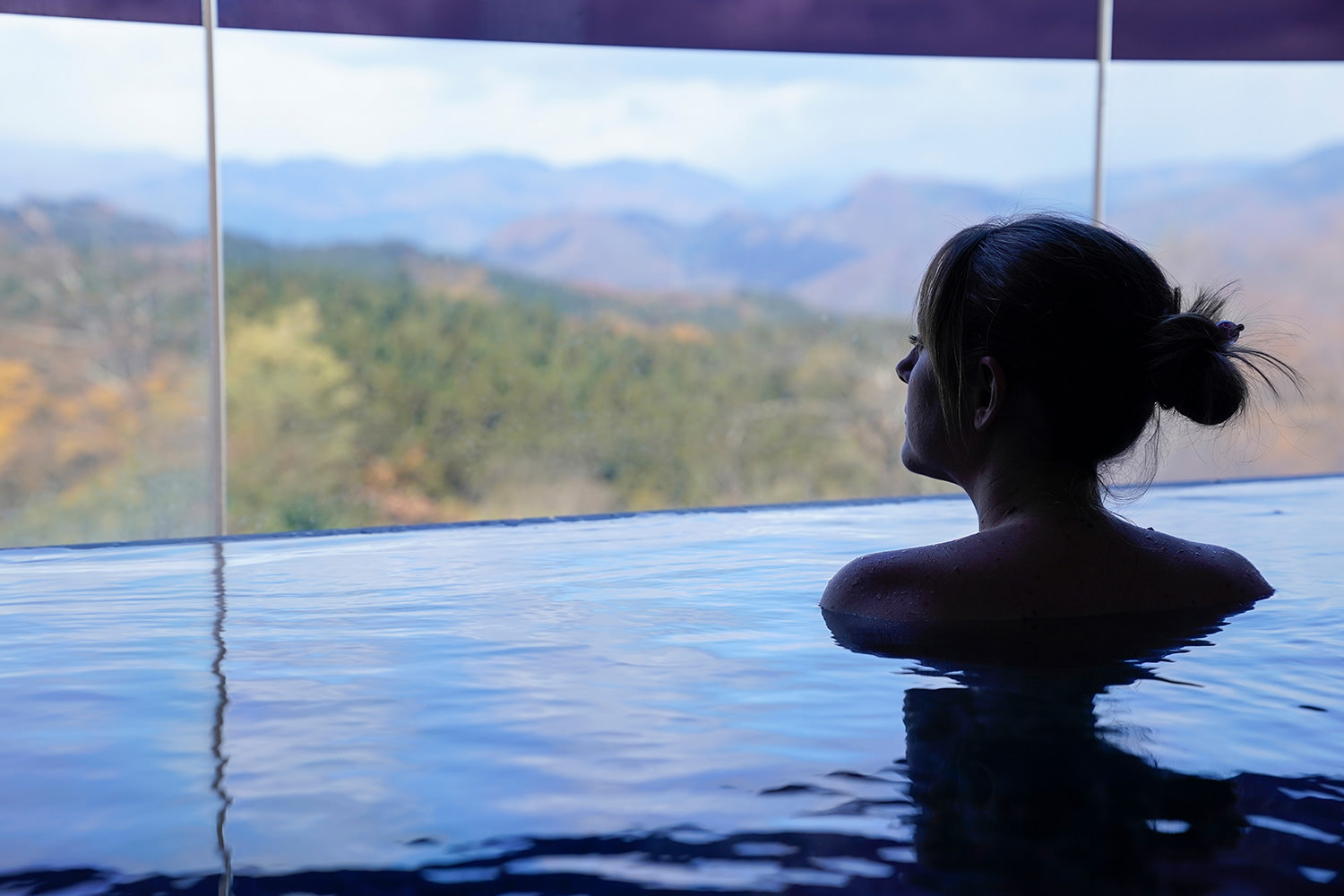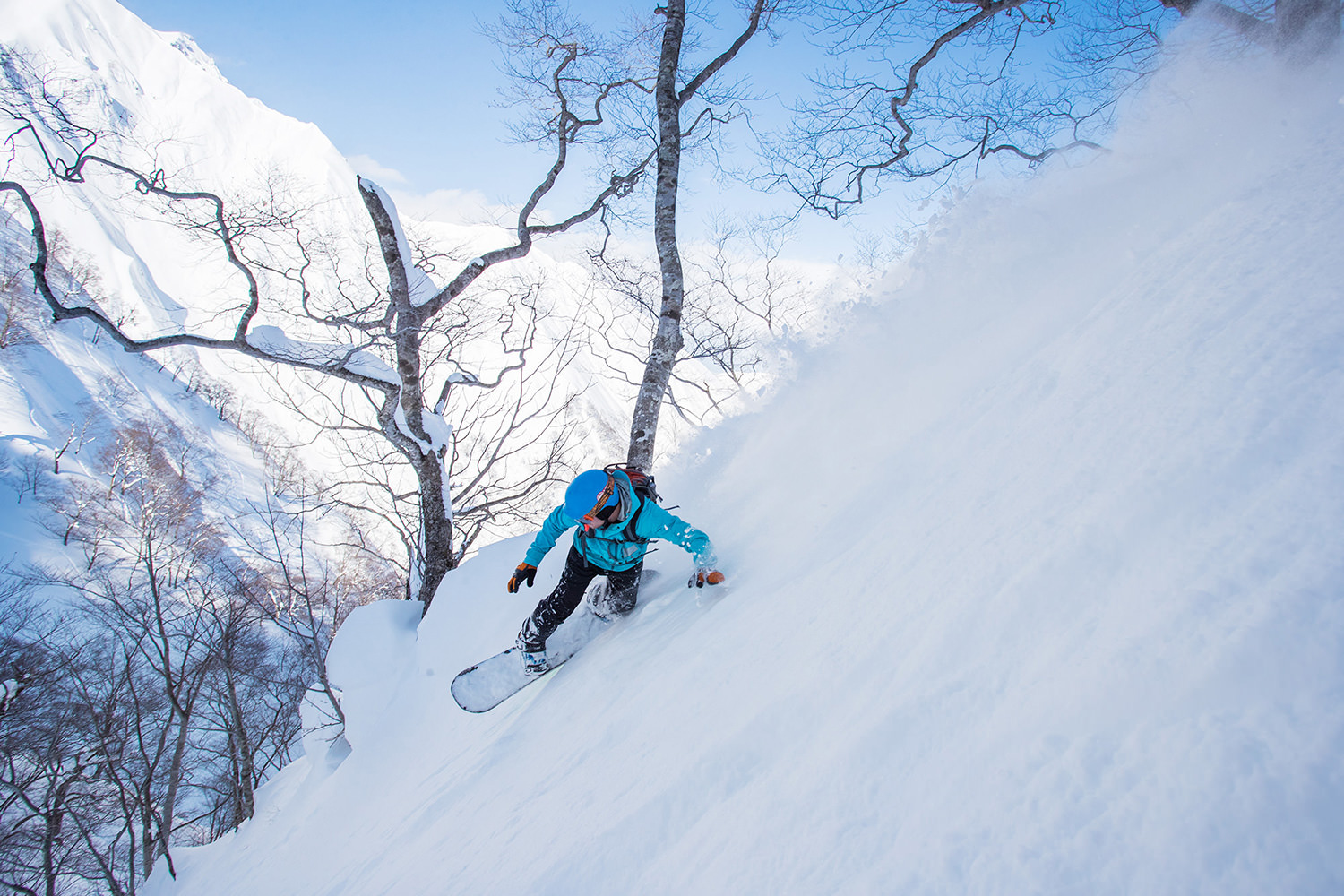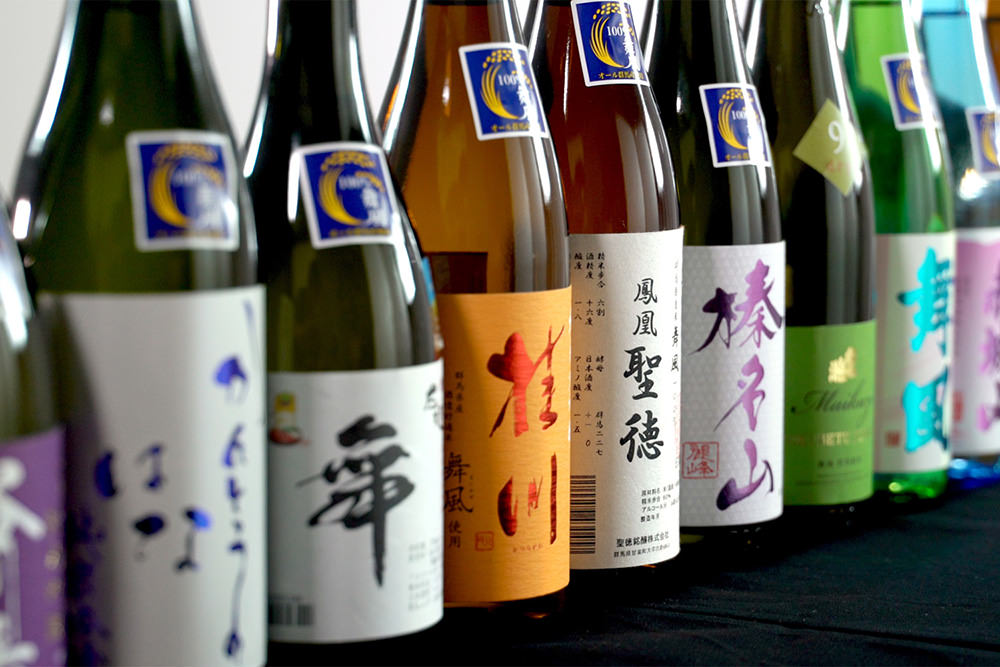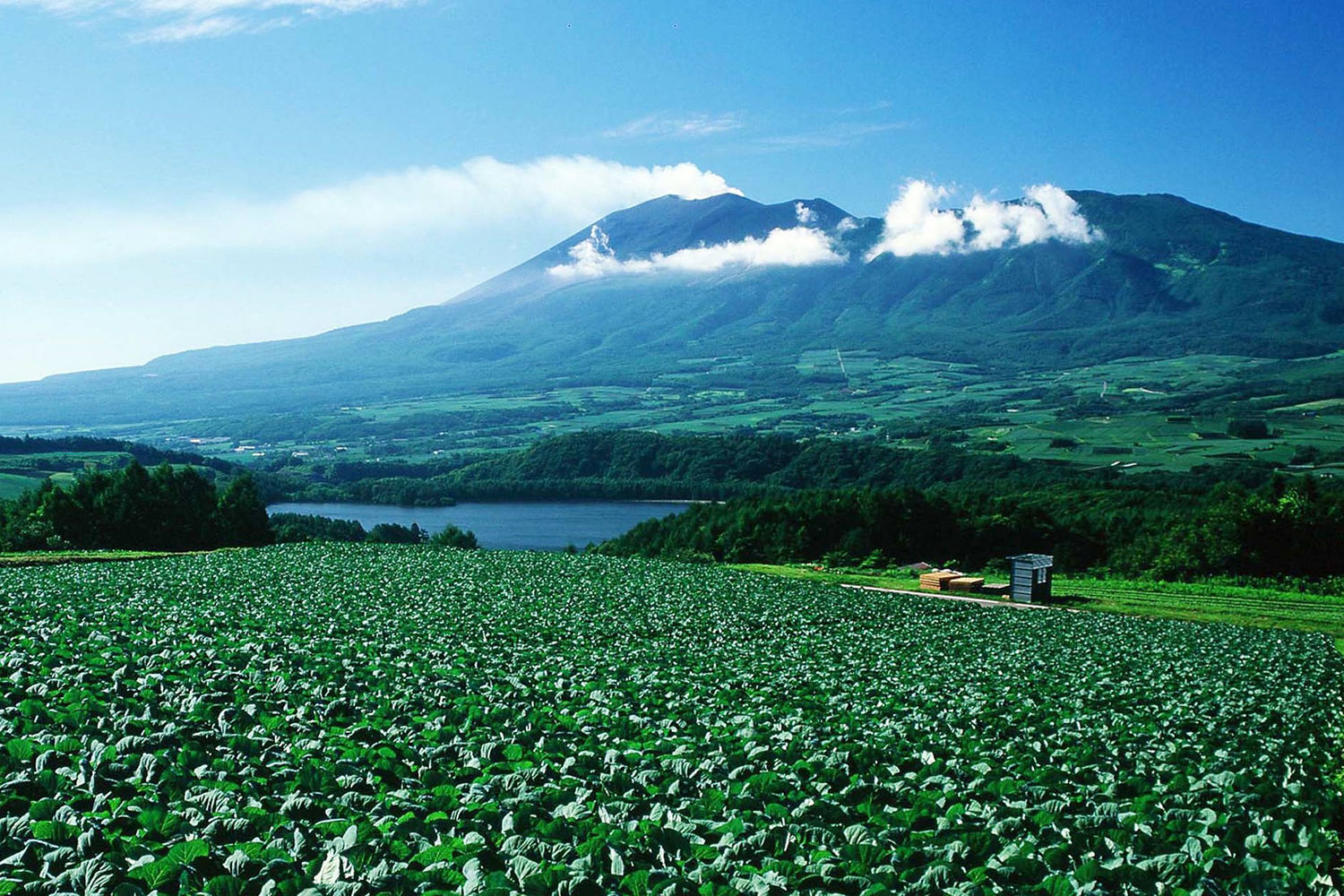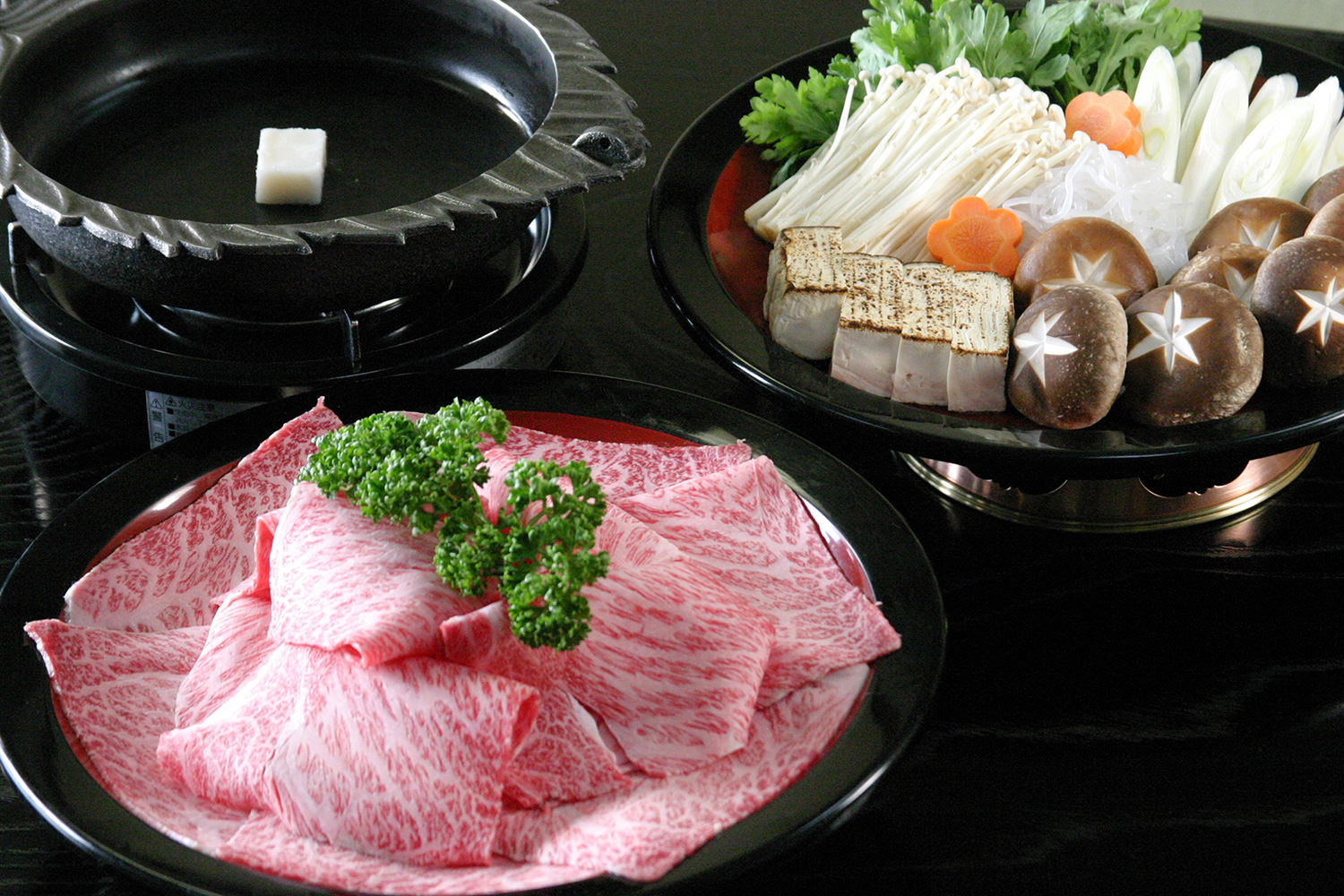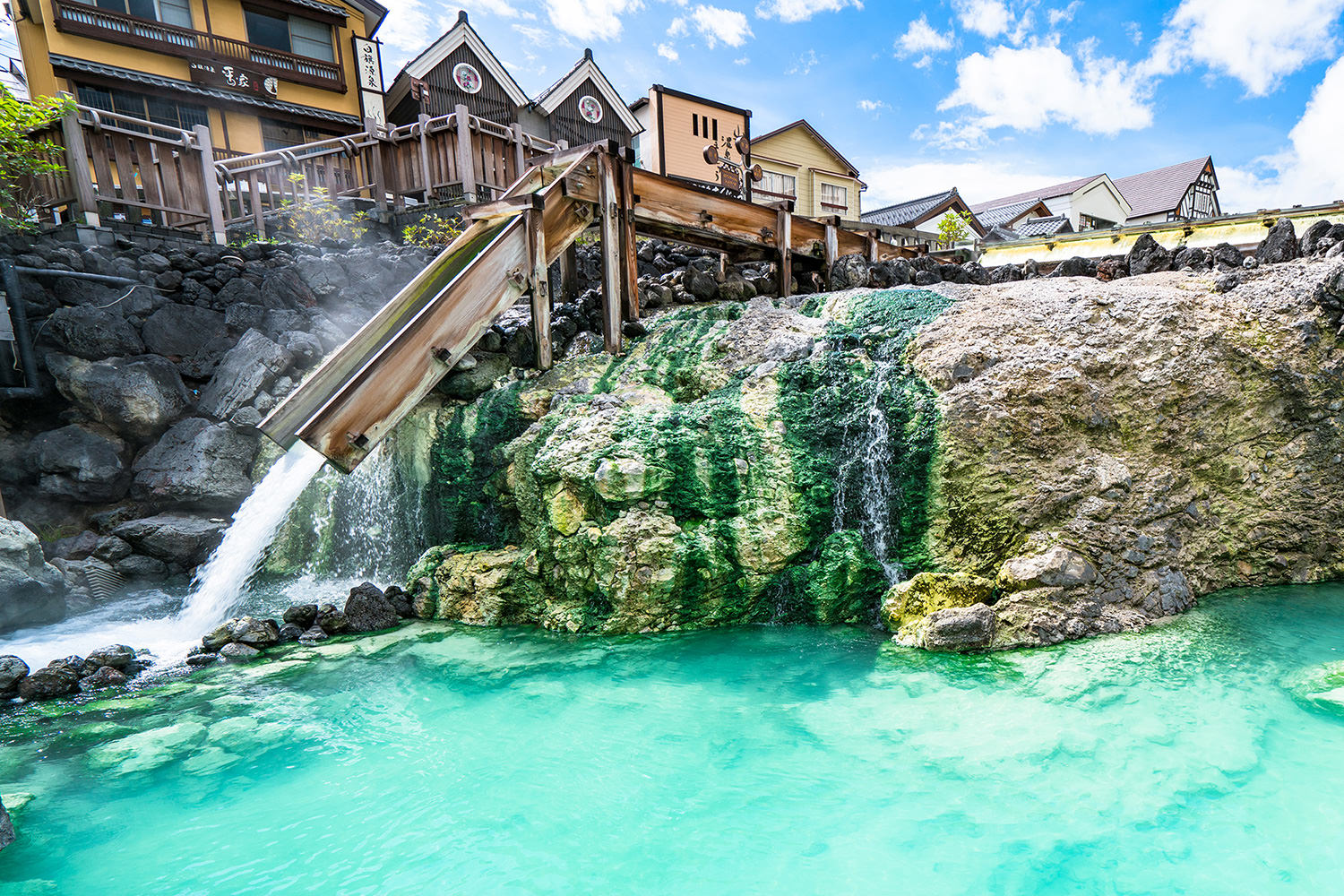STORY
36 Hours in Kusatsu
There's more to one of Japan's most famous onsen resorts than just soaking in hot springs
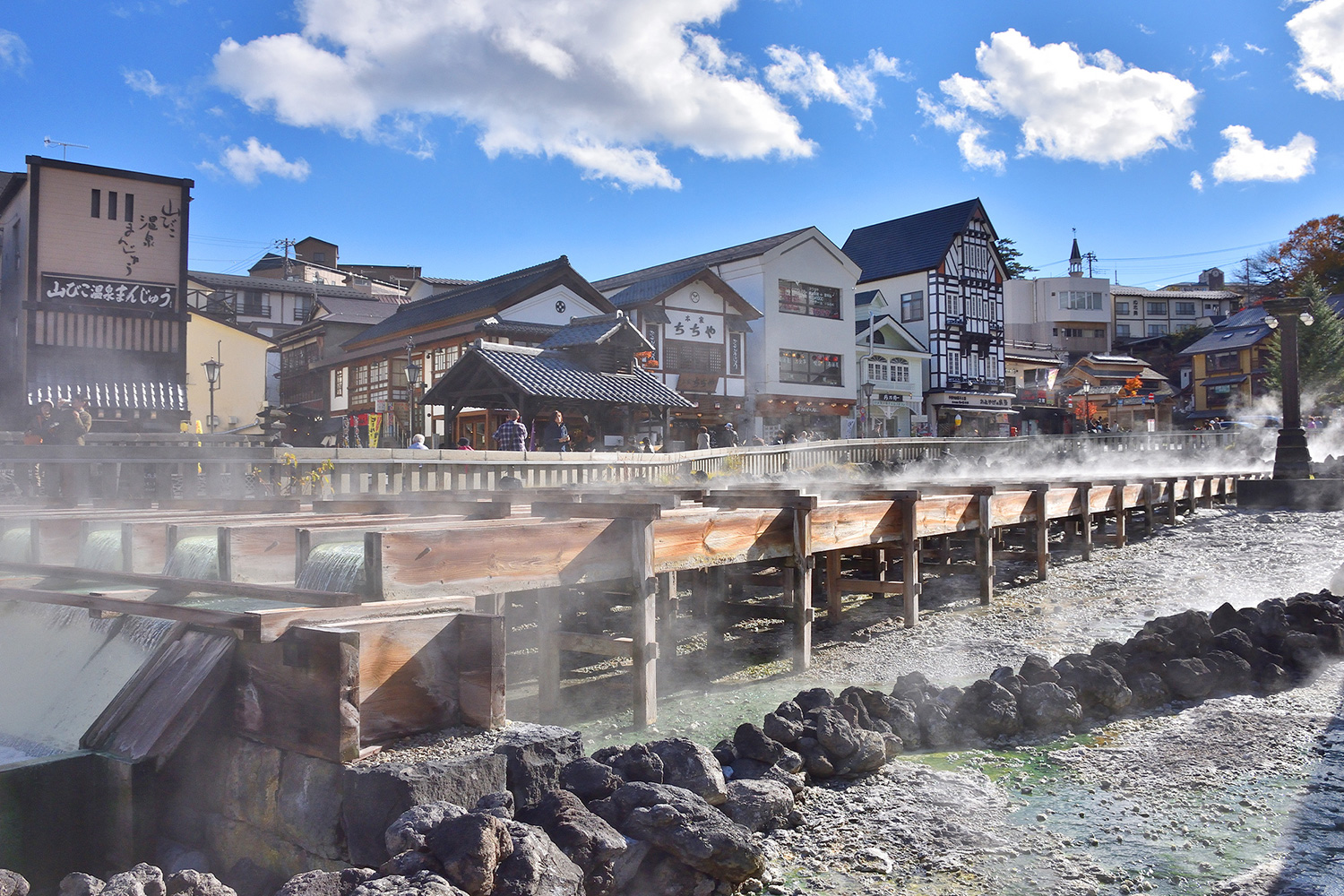
Last updated: August 22, 2024
Kusatsu Onsen is about three hours by express train and bus from Tokyo, offering relaxing hot springs, family-friendly skiing, and spectacular hiking. The town is centered around Yubatake, a sprawling system of wooden channels designed to direct the abundant natural hot spring water to nearby baths. Make the town your base for outdoor adventures, then finish the day with a relaxing soak in the mineral-rich waters.

























